Like vodka, gin has a versatility that transcends seasonality and applications. Craft gins bring unique botanicals to gin cocktails, whereas the best gins elevate gin and tonic recipes and classic martinis. Gin's creative and refreshing possibilities continue to soar. The 25 best gin brands to drink now cover all styles of this increasingly expansive, botanically innovative spirit. But first, let’s dig a little deeper into what gin actually is.
What Is Gin?
Gin is a neutral grain spirit that's been infused with flavor from a rich array of botanicals, the most prominent and traditional of which is juniper. Others may include virtually anything a distiller can acquire and dream up, but some of the more common ones are citrus, coriander, almond, and cassia bark. These ingredients are then either macerated into the spirit or vapor-infused during distillation.
There are a few different styles of gin to choose from.
London Dry Gin
London dry does not have to be made in London, but it's usually very juniper forward and nothing can be added to this gin after distillation.
Plymouth Gin
Plymouth encompasses just one eponymous brand, and is very similar to London dry but with a bit more citrus.
New American Gin (aka New Western Gin)
New American gin has no legal definition, but generally encompasses modern gins that put juniper on the back burner while allowing other botanicals to shine.
Old Tom Gin
Another traditional style, Old Tom is a sweetened gin that's sometimes barrel aged.
Related: 50 Best Whiskeys in the World 2023
Best Gin for Gin and Tonic
The best gin for any cocktail really depends on your personal preference, but citrus-forward ones tend to work well in a gin and tonic. The new Bombay Sapphire Premier Cru is a good option to try, Hendrick’s offers a unique pop of rose and cucumber flavor, and Glendalough Wild Botanical Gin will bring yet more flavors to the drink.
Best Gin for Martinis
Typically, a juniper-forward London dry-style gin works well in a classic martini. Beefeater and Tanqueray are great examples of British gins to try in this drink, while Aviation and Bluecoat are new American gins that lean toward the drier side of the spectrum and taste great with an olive garnish. If a lemon twist is more your speed, give Sipsmith or Fords a try—both of which work well in a very dry martini or the 50/50 version.
Here, we delve into some of the best gins, from London dry and old Tom to new American. We've included lesser-known boutique bottles while also honoring excellent expressions from larger brands that are easily found and well worth rediscovering.
25 Best Gin Brands to Drink in 2023
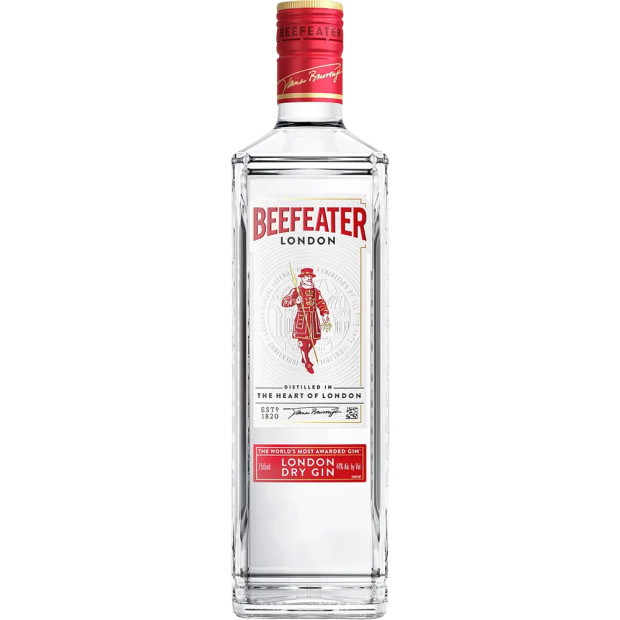
Courtesy image
“Beefeater is a great value for gin and tonic or martini purposes,” says Jesse Vida, operating partner of the Cat Bite Club in Singapore. “Bold and citrusy, not shying away from the alpine flavors of juniper berries, London dry gins are for those who love that star botanical.” This brand, owned by French company Pernod Ricard, is produced in London from a nine-botanical recipe created by founder James Burrough. You can also try Beefeater 24, made using 12 botanicals, including green tea that's steeped in the spirit for a full 24 hours.
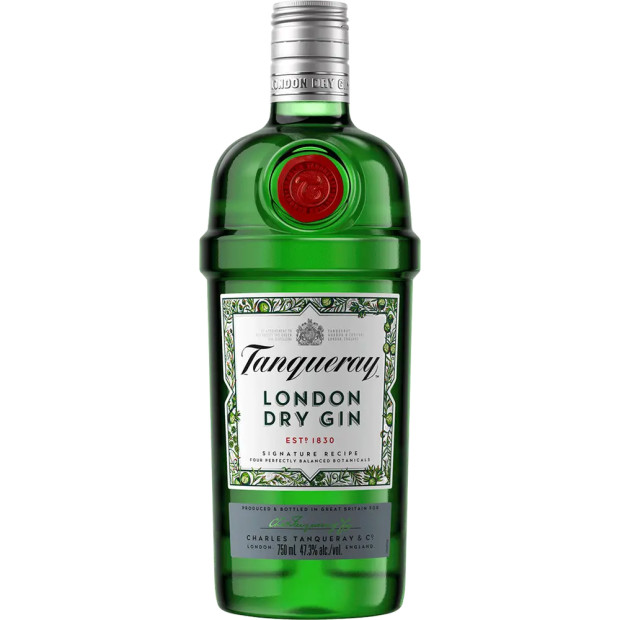
Courtesy image
One of the world's best-known gin brands, Tanqueray (owned by drinks giant Diageo) offers a few different expressions to choose from. “Tanqueray Gin works very well in classic cocktails—and the export strength and No. 10 make a killer martini,” says Vida. The brand's core gin is a London dry. It's a crisp and fragrant gin that works in any number of drinks. Tanqueray No. Ten offers a more citrus-forward flavor profile, while a third option, Rangpur, is flavored with Rangpur lime, making it a go-to for a gin and tonic.
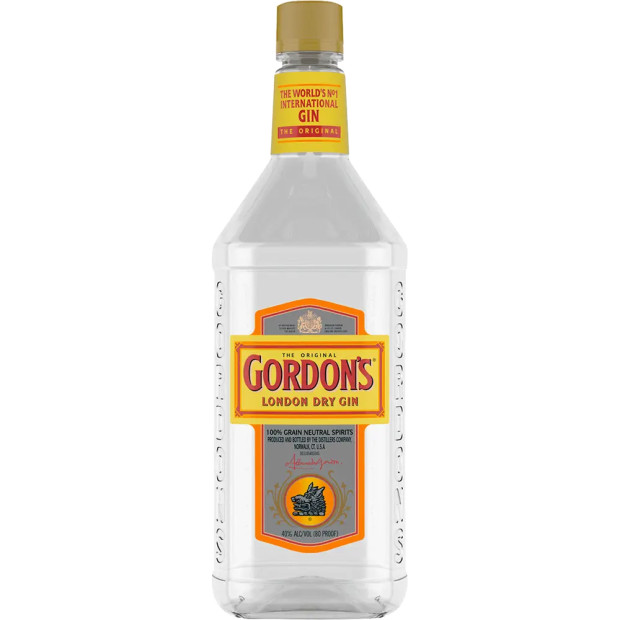
Courtesy image
Another ubiquitous Diageo gin and slightly "humbler" than Tanqueray, Gordon's remains an affordable and dependable option that deserves a spot in your home bar. There are some flavored gins from the brand to sample, but its London dry dates back to the late 18th century and remains one of the most popular brands worldwide. There’s nothing flashy about this gin. It’s just a solid cocktail base.
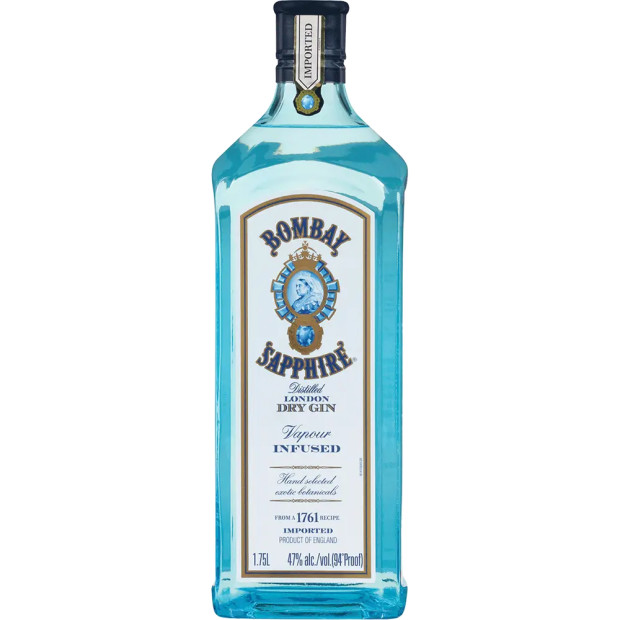
Courtesy image
This famed gin in the blue bottle is made from a recipe of 10 botanicals that are vapor-infused into the spirit while hanging in a basket above the still. Juniper leads the way here, alongside some spice and sweetness from the inclusion of licorice, cassia bark, cubeb berries, and lemon peel. Bombay Sapphire Dry offers a more crisp drinking experience with just eight botanicals used, while the new Premier Cru combines lemon, mandarin, and naval orange to highlight a bright citrus-focused take on the classic.
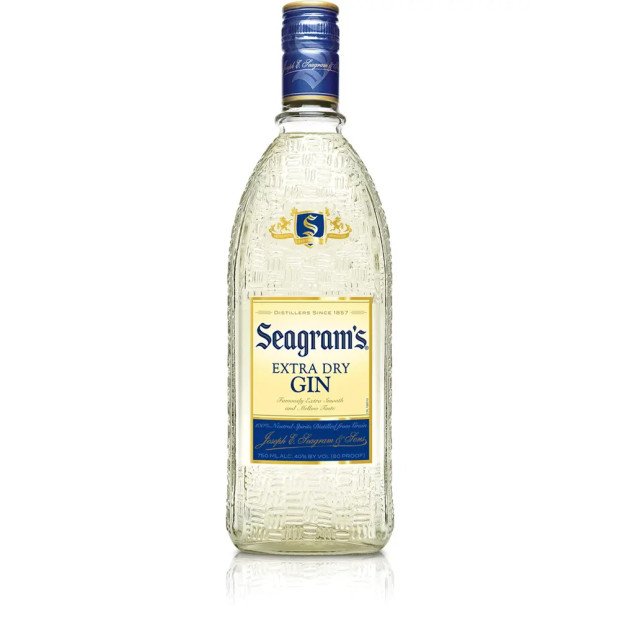
Courtesy image
As the name implies, Seagram's Extra Dry is modeled after the London dry style, while being made in America since its founding in 1939 by Samuel Bronfman. A classic botanical mixture of juniper, orange, coriander, and angelica is used to flavor the spirit, which is produced at MGP in Indiana, the factory-like distillery also known for making whiskey for many brands. In an unusual step for gin production, this one is “mellowed” in used barrels for a few weeks before bottling. Seagram's also offers several flavored expressions to try, but we suggest sticking close to the classic.
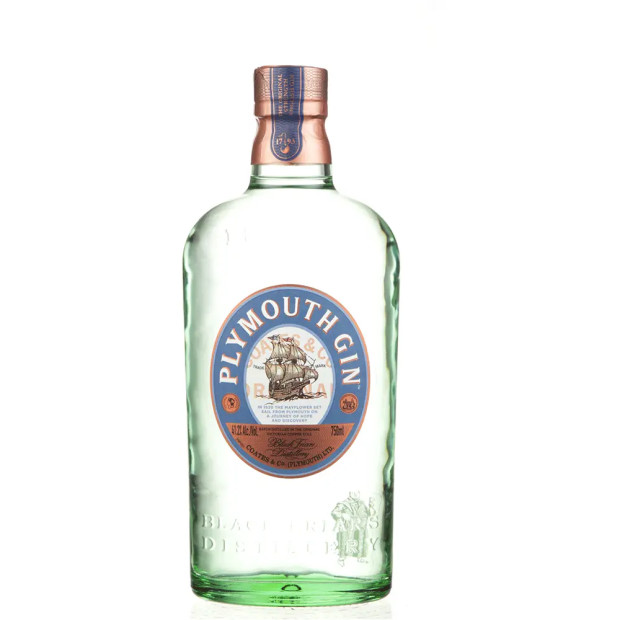
Courtesy image
"If I had to choose a classic go-to gin, it would have to be Plymouth,” says Marshall Minaya, beverage director for Valerie and Madame George in New York City. Distilled since the 1700s, Plymouth is heavier on the juniper and citrus side, but has an earthy quality on the front palate. At just over 40 percent ABV, "it's a great grab for a G&T or a fizz," adds Minaya. "A Plymouth 2:1 martini was the first martini I ordered. I imagine it'll be around til it’s my last."
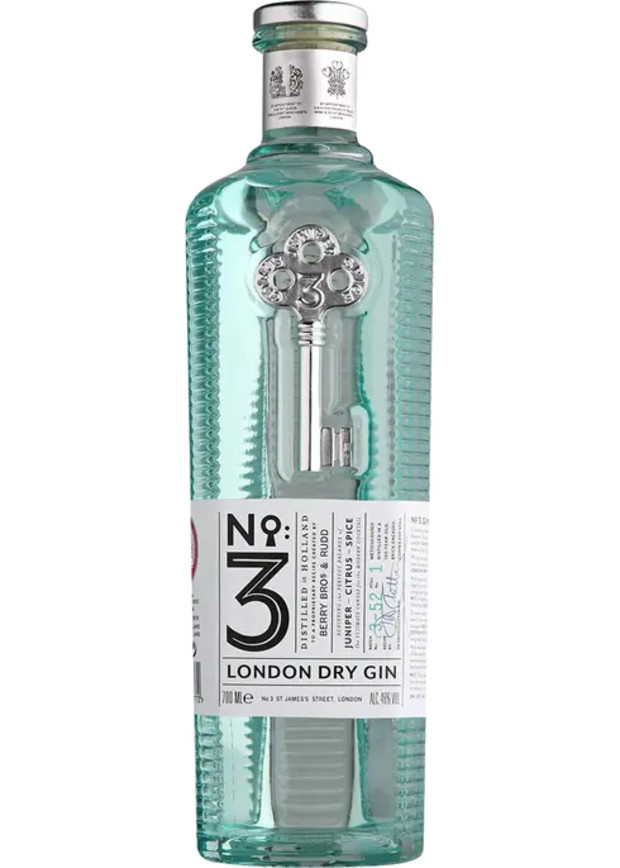
Courtesy image
This gin is the creation of Berry Bros. & Rudd, a wine and spirits merchant that's called London home since 1698. The company worked with Dr. David Clutton—who holds a Ph.D. in gin (yes, there's such a thing)—to come up with this smart release in 2008. It’s a bright, fresh expression with notes of juniper, cardamom, citrus, and some angelica root on the finish.
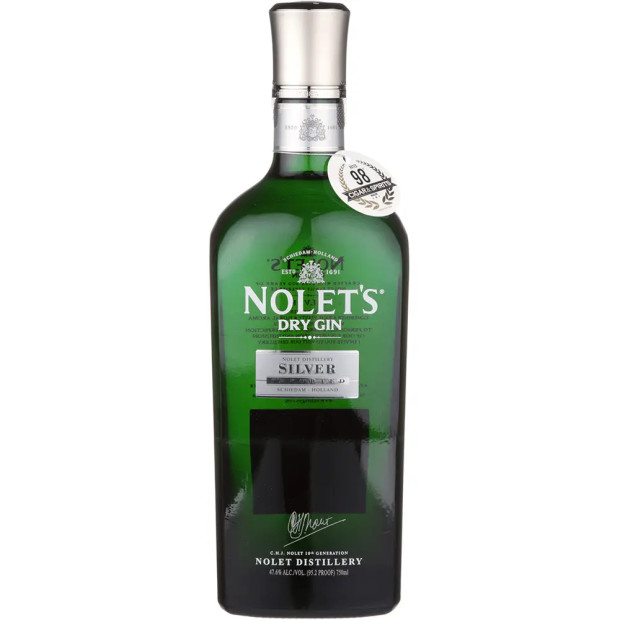
Courtesy image
This high-end Dutch gin brand was created by the Nolet family, which operates an eponymous distillery in Holland. The Nolets have been making gin for more than three centuries, but what you’ll find today is a modern, fruit-forward spirit. Nolet’s Silver includes rose, raspberry, and peach in the botanical mixture, and these flavors shine through. If you really want to drop some cash, try Nolet’s Reserve, an allocated release flavored with verbena and saffron that sells for upwards of $600 online.
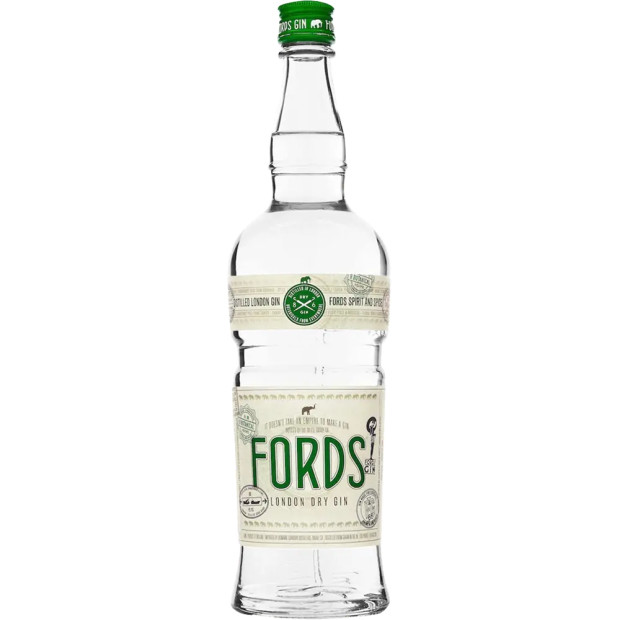
Courtesy image
This London dry gin was created with bartenders in mind when beverage industry expert Simon Ford teamed up with esteemed master distiller Charles Maxwell. Nine botanicals are steeped in the spirit—including juniper, lemon and orange peel, jasmine, and orris root—before a five-hour distillation. There’s also an Officers’ Reserve expression that's higher proof and rested in sherry casks. Music fans can check out the company's recent collaboration with Handsome Boy Modeling School, called Music to Drink Martinis To—a bundle that includes martini recipes, an album, and a bottle of gin.
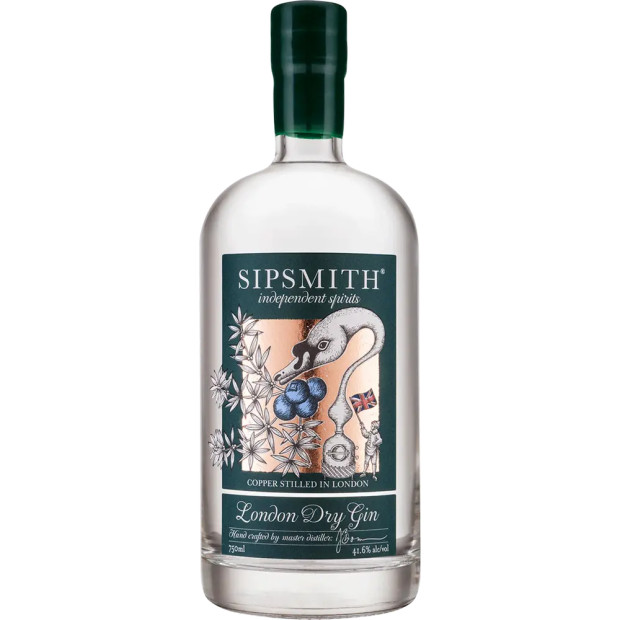
Courtesy image
Sipsmith is another modern creation—a London dry gin (actually made in London) that’s been around for about 15 years. The core expression leads with juniper before expanding into notes of orange, lemon, black pepper, and a floral bouquet. If you’re in the mood for something heavier on the juniper (and alcohol), check out V.J.O.P.—Very Junipery Over Proof Gin, bottled at nearly 60 percent ABV and made with double the amount of that flagship botanical.
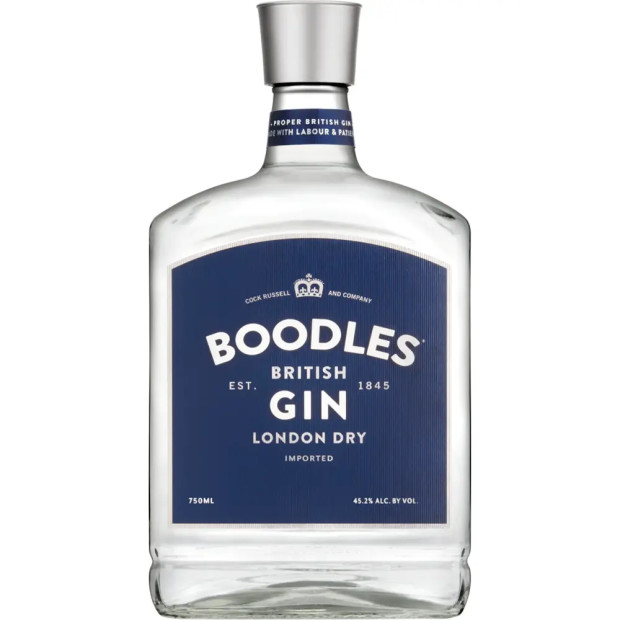
Courtesy image
Distilled from a wheat-based spirit, this British gin distinguishes itself from others in the category by not including citrus as a flavoring botanical. Instead, Boodles relies on supporting players like nutmeg, sage, and rosemary, making this the perfect gin for those seeking something drier and spicier. If fruity gin is your thing, the brand's Rhubarb and Strawberry expression ought to please.
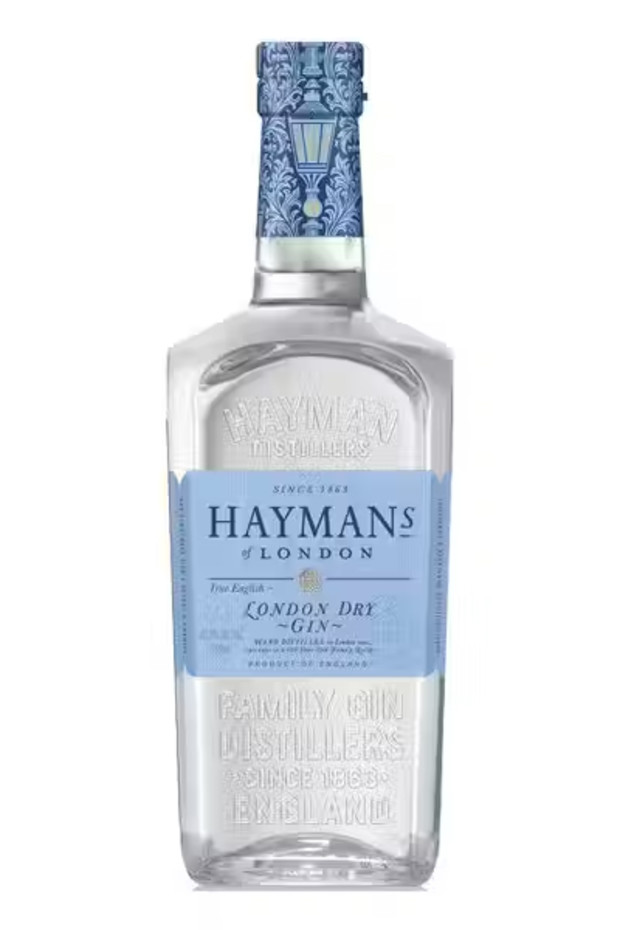
Courtesy image
Dating back to 1863, Hayman's remains part of an original family business. The gin is distilled over two days in stills (named Marjorie, Karin, and Miranda) using 10 classic botanicals that include juniper, orange peel, cinnamon, and cassia bark. For reduced booze, Hayman's offers a London Light expression bottled at 12.5 percent ABV—far below the standard 40 percent.
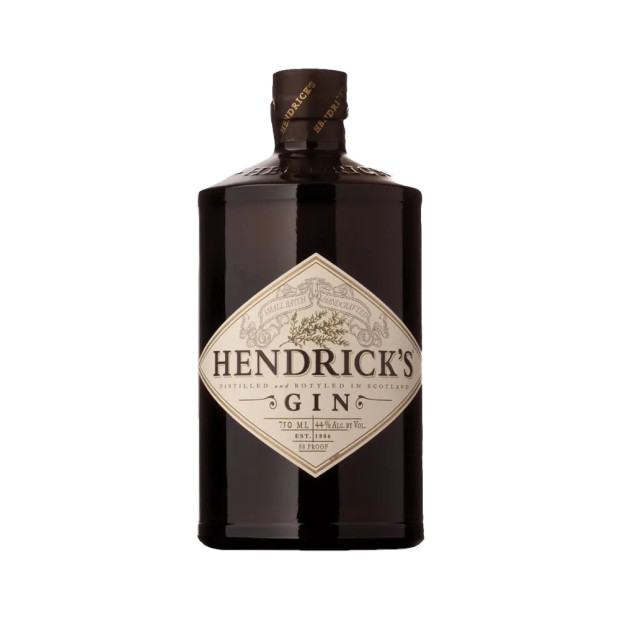
Courtesy image
A seminal Scottish brand in the world of new-school gin, Hendrick's offers core expressions of rose and cucumber—but there's always something new popping up in the brand's limited-release series lineup known as the Cabinet of Curiosities. The latest, Flora Adora, was inspired by master distiller Lesley Gracie’s appreciation of the butterflies and bees that make the distillery's garden their home.
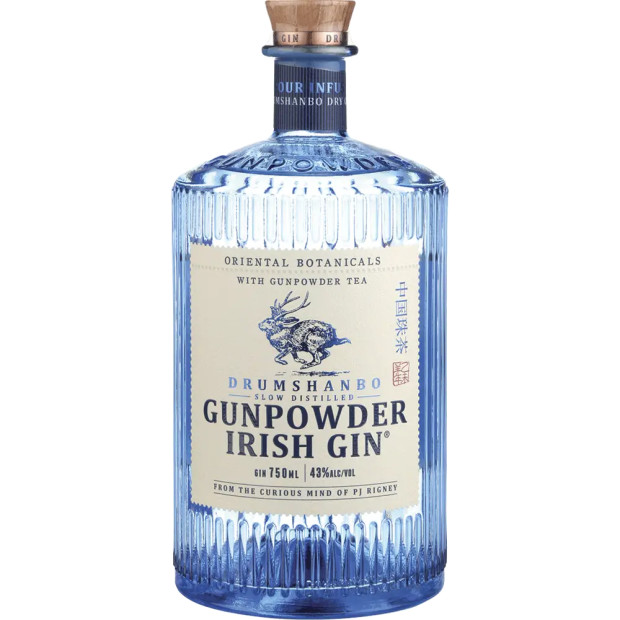
Courtesy image
Irish gin is a whole category unto itself, with different distilleries and brands capturing flavors that represent the entire spectrum of botanicals found on the Emerald Isle. Drumshanbo is unique in that gunpowder tea from China is the gin's driving flavor, along with local meadowsweet, juniper, caraway, and angelica sourced from Europe. Expect some spice and sweetness on the palate of this gin, along with a hint of fresh citrus in each sip.
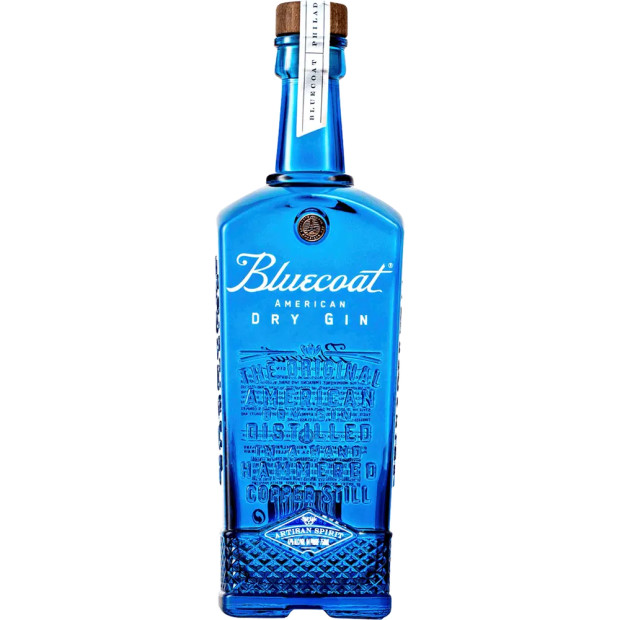
Courtesy image
Made in Philadelphia, this American dry gin is a great example of the burgeoning New American gin category. All the botanicals used here are organic. While juniper remains front and center, the maker's describe this gin as being more citrus-forward—making it perfect for your next gin and tonic or craft cocktail.
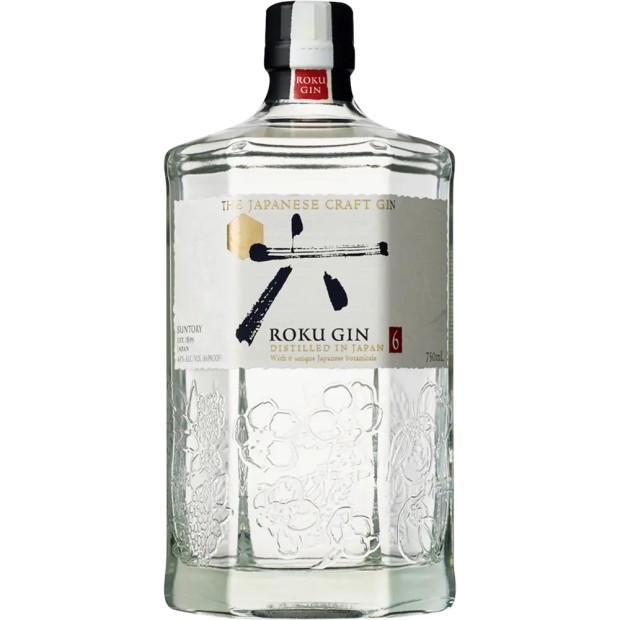
Courtesy image
“My current favorite gin is Roku Gin,” says Panji Wisrawan, head mixologist at Viceroy Bali’s Aperitif. Suntory, the producer of whiskies like Yamazaki, is the company behind this Japanese gin that champions ingredients such as sakura flower and leaf, sencha tea, and gyokuro and yuzu peel. "It’s floral and citrusy while having a rich mouthfeel and complex flavor," notes Wisrawan. "Its complexity and unique flavor make it a great gin for negronis and martinis.”
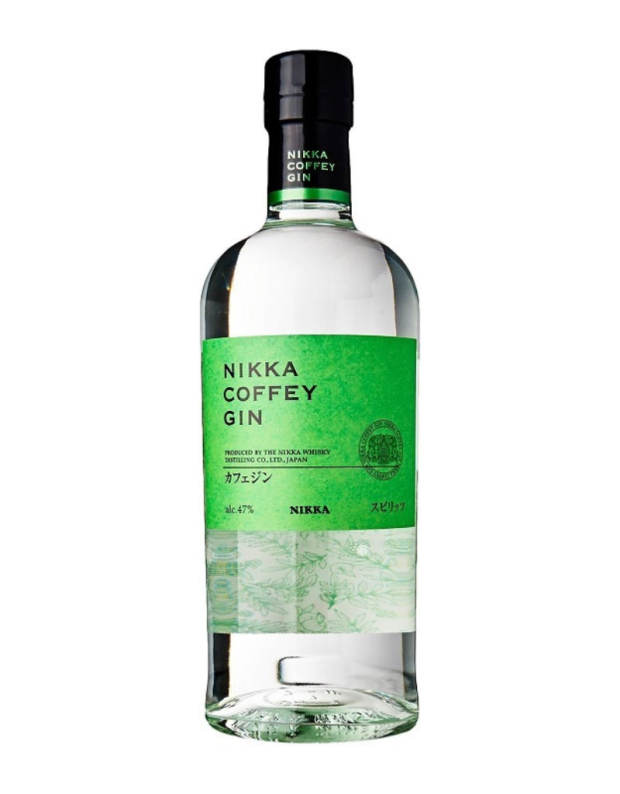
Courtesy image
The name of this Japanese gin from one of the country's biggest whisky producers might be puzzling to those who aren't familiar with the apparatus it's produced in. Distilled in a continuous Coffey still (as opposed to a pot still), it's flavored with 11 botanicals, including Japanese and traditional ingredients, along with apple and sansho pepper.
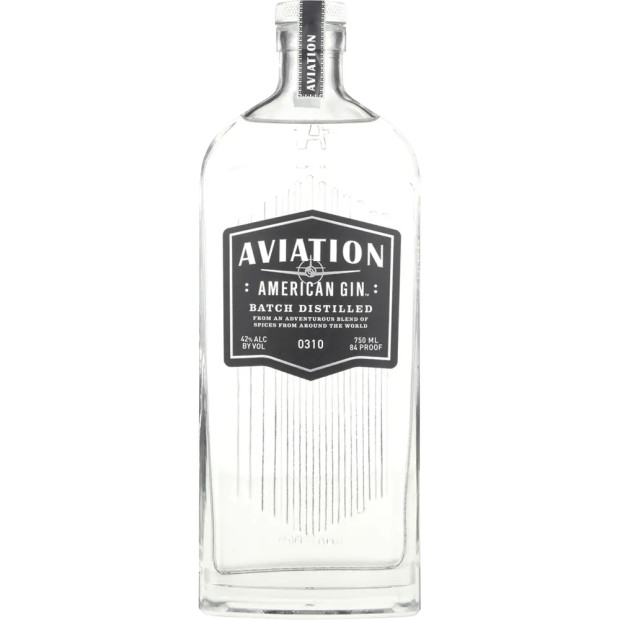
Courtesy image
When it comes to celebrity liquor brands, tequila is the most popular, but Ryan Reynolds decided to invest in this gin brand instead. Founded in 2006 and purchased by Diageo a few years ago, Aviation continues to churn out high-quality American dry gin at a new distillery that recently opened in Portland, OR. The botanicals are macerated in the neutral grain spirit for 18 hours before distillation, resulting in a light, flavorful, and crisp gin.
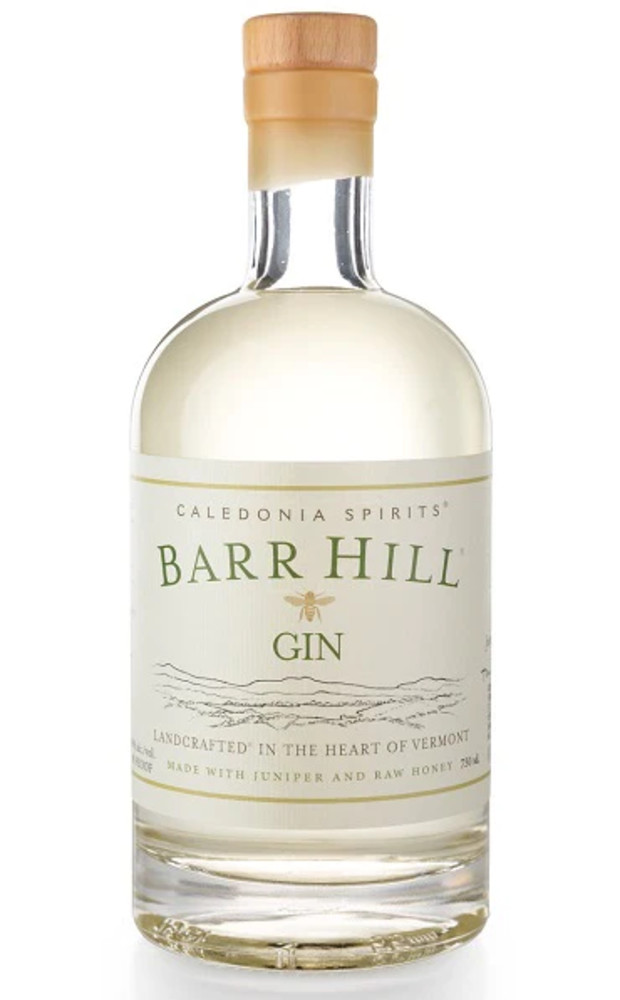
Courtesy image
This Vermont gin is a tribute to the hardworking bees of the Northeast—so much so that it's flavored with only two ingredients, as opposed to the usual eight to 10 in many bottles of gin these days. Juniper is one of them, of course. The other is honey, offering a unique depth of flavor gained from all the wildflowers foraged by resident bees. Barr Hill Gin is bottled at a slightly higher 90 proof, providing some extra kick in your cocktails.
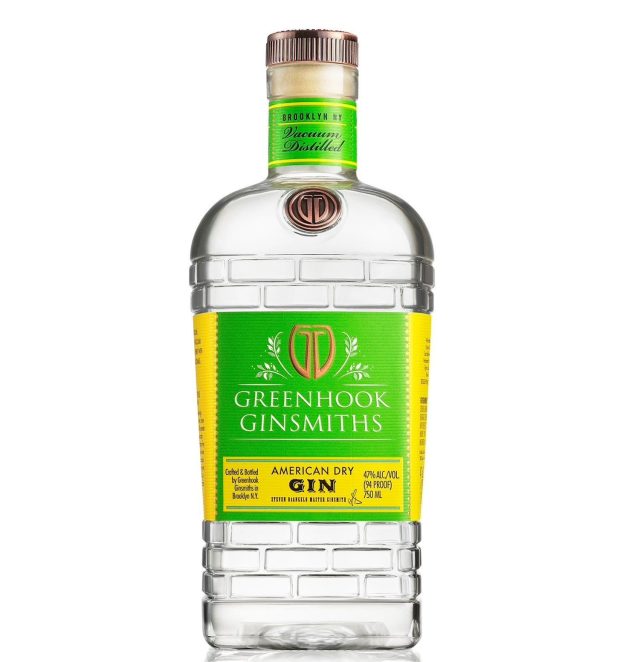
Courtesy image
Brooklyn is rife with innovative distilleries making all types of spirits, but the gin coming out of Greenhook Ginsmiths in the Greenpoint neighborhood is some of the best. Distilled from organic wheat, the spirit's juniper expressions are supported by elderflower, chamomile, and cinnamon. The brand also produces a beach plum-flavored version, a unique standout in the growing American gin category.
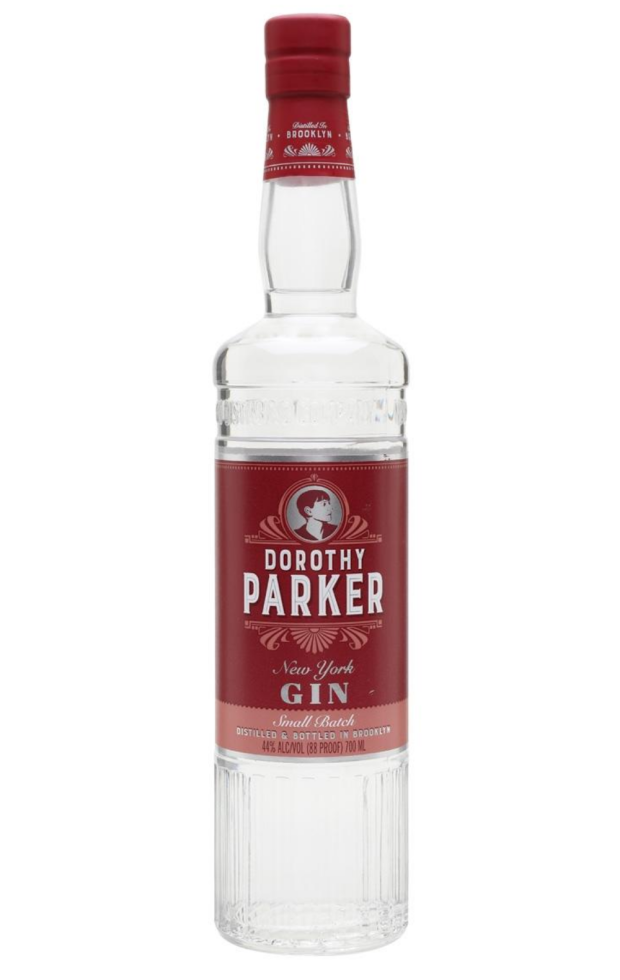
Courtesy image
Another Brooklyn-based distillery located in Williamsburg, New York Distilling Company is known for making rye whiskey, but the team there also produces a few excellent gins. Named after the famous local intellectual and writer, Dorothy Parker combines classic and new-school flavors, with the notable inclusion of hibiscus in the botanical recipe.
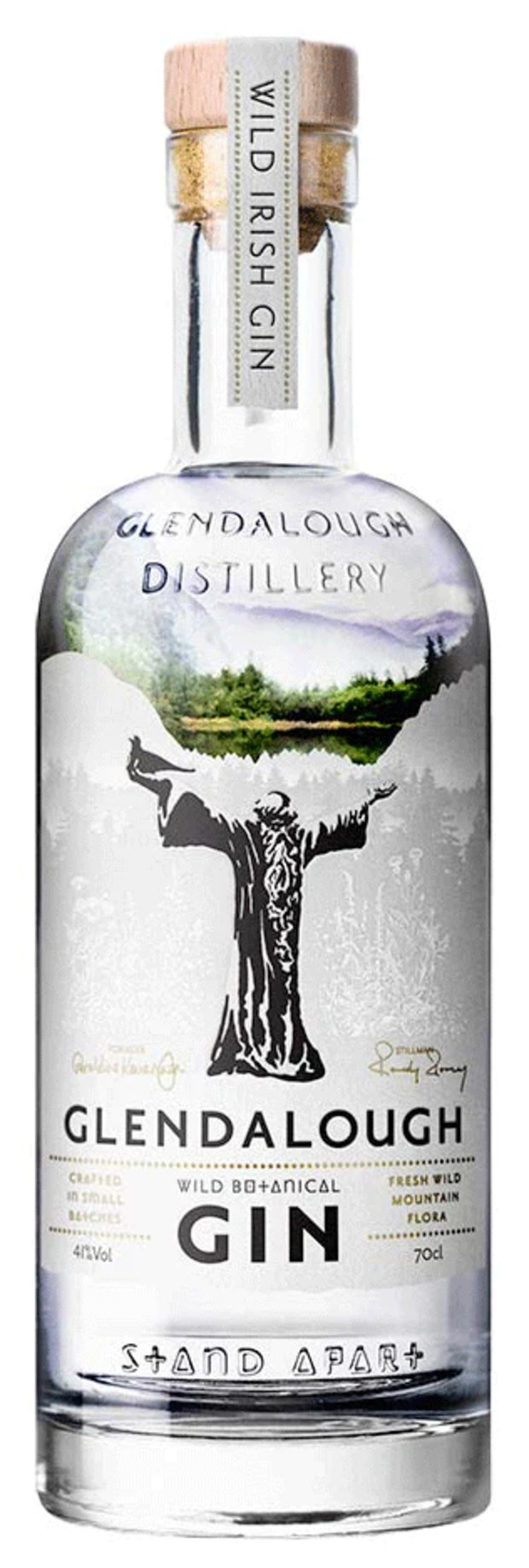
Courtesy image
This is another notable Irish gin made using botanicals foraged from woodlands surrounding the distillery. To further capture the terroir of this particular part of Ireland, the plants are added to the still fresh instead of dried. Dlendalough also produces a rose-flavored gin and other timely releases made from botanicals that are in season at various times throughout the year.
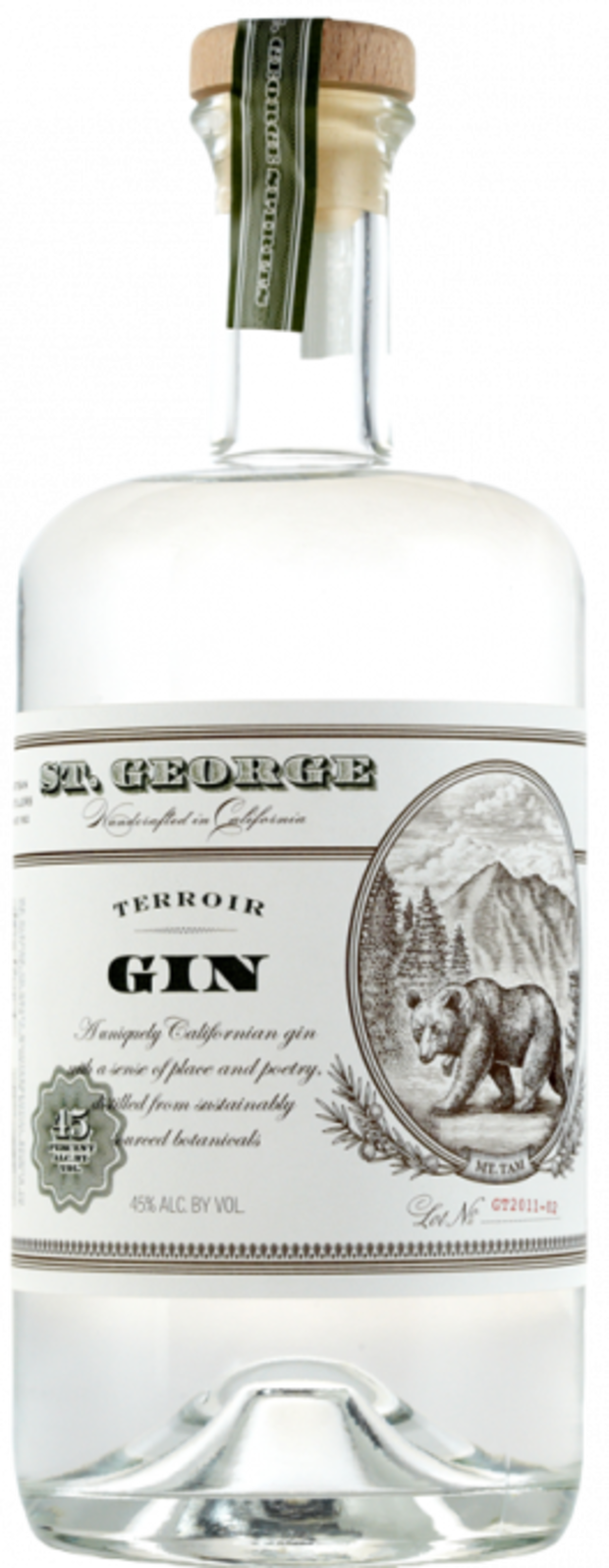
Courtesy image
With its pronounced notes of pine forest, this West Coast gin tastes unlike any other gin on the market. The base of the botanical mixture is Douglas fir and bay laurel, both of which are native to the Northern California lands surrounding the distillery. Other botanicals include sage and coriander, making this a very interesting substitute to a London dry gin for your next martini.
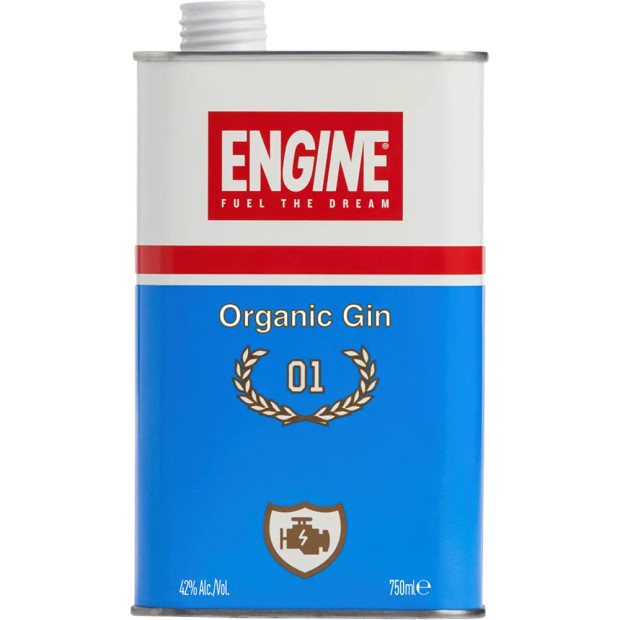
Courtesy image
This London dry gin from Italy comes in a quirky oil can-style container. Its botanicals are grown in different Italian regions, and include rose, Calabrian licorice root, sage, and Sicilian lemon. That sage note is prominent enough for us to suggest garnishing your first Engine Gin martini with a sprig of the herb instead of the usual olive.
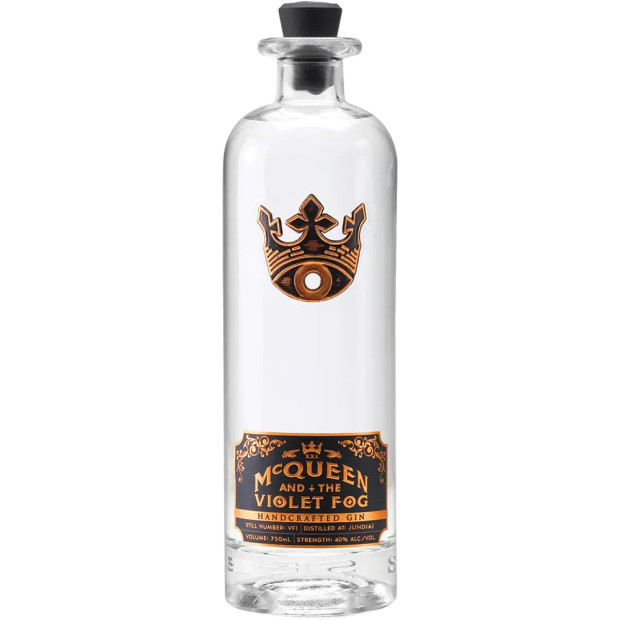
Courtesy image
Brazil is far better known for cachaca (a rum-like spirit) than gin, but McQueen and the Violet Fog is trying to change that. The gin's ambitious recipe of 21 botanicals includes lemongrass, pomelo peel, and jasmine flower. Expect more of a floral flavor experience than a classic London dry in this gin, which plays nicely with an assortment of ingredients found in many different cocktails. There’s also a new purple version of the gin called the Ultraviolet Edition.
from Men's Journal https://ift.tt/PiTzL7c


0 comments